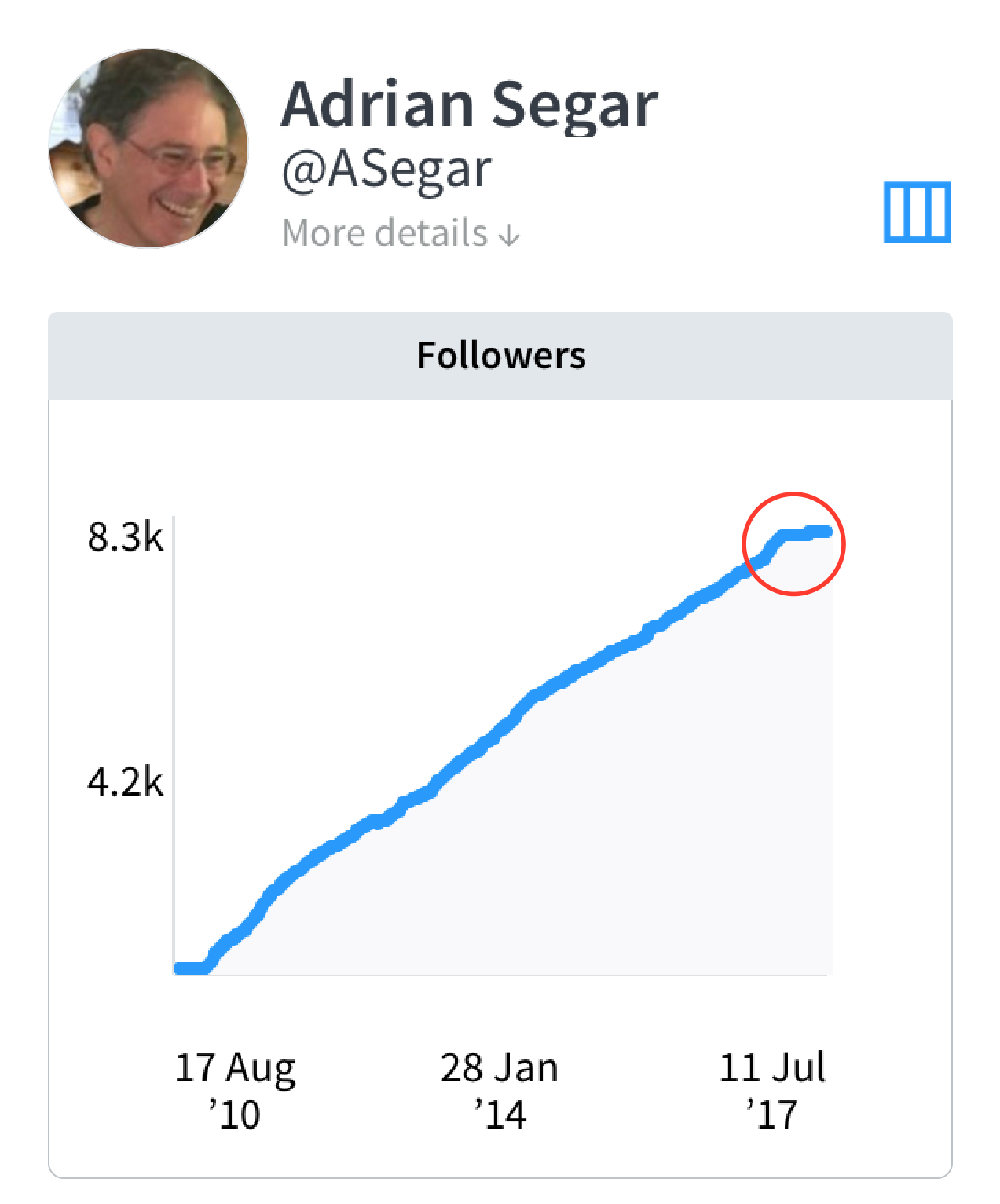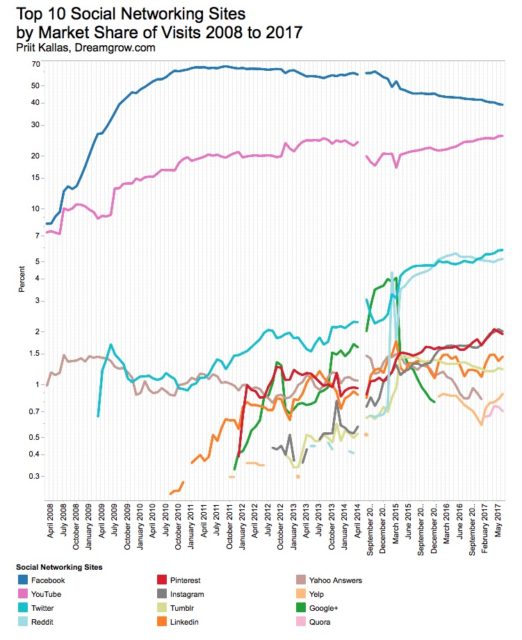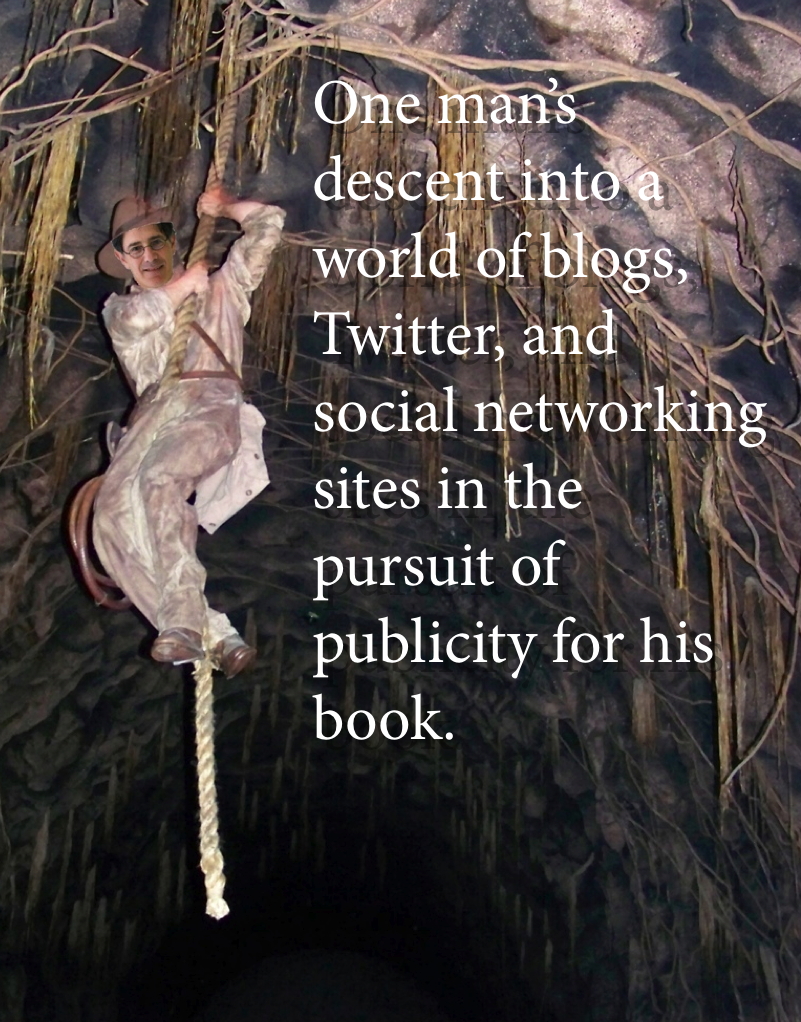Impediments to AI matchmaking at events

Consider this marketing pitch for an artificial intelligence event matchmaking service:
“Using the [AI] platform…it’s easier for attendees to make sure they have the right meetings set up, and for exhibitors to have a higher return on investment in terms of connections with high-quality buyers.”
—Tim Groot, CEO Grip, as quoted in What AI Means To Meetings: How Artificial Intelligence will boost ROI, Michael Shapiro, July 2017 Meetings & Conventions Magazine
A win-win for exhibitors and attendees?
Tim describes using artificial intelligence matchmaking at events as a win for both exhibitors and attendees.
I’m skeptical.
Let’s assume, for the moment, that the technology actually works. If so, I think suppliers will reap most of the touted benefits, quite possibly at the expense of attendees. Here’s why.
Successful matchmaking needs digital data about attendees. An AI platform cannot work without this information. Where will the data come from? Tim explains that his service builds a profile for each attendee. Sources include “LinkedIn, Google, and Facebook”, while also “scouring the web for additional information”.
Using social media platform information, even if attendee approval is requested first, creates a slippery slope, as privacy issues in meeting apps remain largely undiscussed and little considered by attendees during the rush of registration. The end result is that the AI matchmaking platform gains a rich reservoir of data about attendees that, without strong verifiable safeguards, may be sold to third parties or even given to suppliers.
In addition, let’s assume that exhibitors get great information about whom to target. The result: “high-value” attendees will be bombarded with even more meeting requests, while attendees who don’t fit the platform’s predictions will be neglected.
In my opinion, the best and most likely to succeed third-party services for meetings are those that provide win-win outcomes for everyone concerned. Unfortunately, it’s common (and often self-serving) to overlook a core question about meeting objectives —whom is your event for? — and end up with a “solution” that benefits one set of stakeholders over another.
How well will artificial intelligence matchmaking at events work for attendees?
Artificial intelligence is hot these days, so it’s inevitable that event companies talk about incorporating it into their products, if only because it’s a surefire way to get attention from the meetings industry.
I know something about AI because in the ’80s I was a professor of computer science, and the theory of artificial neural networks — the heart of modern machine learning — was thirty years old. AI had to wait, however, for the introduction of vastly more potent technology to allow practical implementation on today’s computers.
While the combination of powerful computing and well-established AI research is demonstrating incredible progress in areas such as real-time natural language processing and translation, I don’t see why sucking social media and registration data into a database and using AI to look for correlations is going to provide attendee matchmaking that is superior to what can be achieved using participant-driven and participation-rich meeting process combined with attendees’ real-time event experience. (Once again, exhibitors may see a benefit from customized target attendee lists, but I’m looking for a win-win here.)
From the attendee’s point of view
When attendees enter a meeting room, there’s a wealth of information available to help make relevant connections. Friends introduce me to people I haven’t yet met. Eavesdropping on conversations opens up more possibilities. Body language and social groupings also provide important potential matchmaking information. An AI matchmaking database includes none of these resources. All of them have led me (and just about everyone who’s ever attended meetings) to professional connections that matter.
Coda
I’ll conclude with a story. The June 2017 PCMA Convene article Can Artificial Intelligence Make You a Better Networker? describes a techsytalk session by Howard Givner where he “gave particular emphasis to the importance of facilitated matchmaking at events.” I like to think that Howard discovered this when he attended the participant-driven and participation-rich EventCamp East Coast I designed and facilitated in 2010, about which he wrote:
“…it was one of the most innovative and eye-opening professional experiences I’ve had. Aside from coming back with lots of new tips and ideas, I easily established triple the number of new contacts, and formed stronger relationships with them, than at any other conference I’ve been to.”
We didn’t use an AI matchmaking service.




 Friends don’t let friends give away their original content to third-party platforms
Friends don’t let friends give away their original content to third-party platforms




